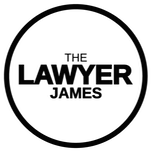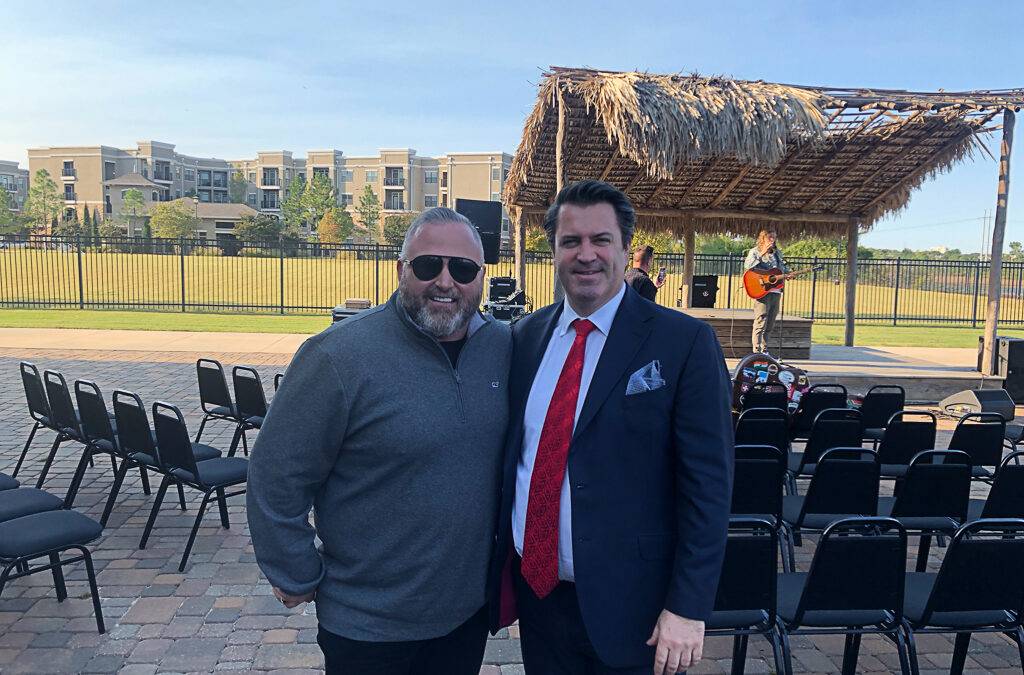Dynamite dynamite dynamite. This is the lawyer, James, the dynamite audio program. It is the absolute best audio content by New York Business Attorney in both transactional and litigation practice areas. And it is helpful for all industries. Now here’s today’s episode. One more thing. Before we get started, you can reach me online by visiting my website, the lawyer james.com. The lawyer james.com. The lawyer james.com. You can call me at (212) 500-1891. That’s the office (212) 500-1891 (212) 500-1891. You can contact me by email at James at the lawyer. james.com. James at the lawyer, james.com. James at the lawyer, james.com or by text message at (917) 783-3153. Text message (917) 783-3153 that’s (917) 783-3153.
In this episode of the anatomy of a lawsuit series New York Business Attorney, I want to talk to you about motions for summary judgment. I’m sure you’ve heard those terms before you might’ve even used them, but ah, you might’ve even used them in the might’ve even heard of them. You definitely heard of them and you probably have no idea what it means, or you’re just a little too shy to ask. What is the motion for summary judgment? It comes up in the context of a lawsuit. Again, file a lawsuit. We have a complaint. We have an answer in blue Marine conference. If we don’t have an answer, we have a motion to dismiss an answer. We have employer in the conference. We have discovery. We may have a discovery dispute. We may not. Okay. So all of the evidence that is going to be discoverable at, or for trial is, is discovered during guess what discovery.
So there’s fact discovery, which are fact witnesses. I was there. This is what I saw. Uh, there can be documentary evidence New York Business Attorney, which is the contract, which your emails or communications. It could be notes could be memoranda. That could be transcripts of conversations. It could be policies. It could be any thing that’s written. Also documentary evidence includes photographs. Anything that is hard copy form that you can touch feel that looks like a document tastes like a document, smells like a document. We have testimony, sworn testimony that’s taken during depositions. These are important because it locks in the testimony of a witness. Now, when you have all of the information together, that’s gained during discovery is all evidence, evidence, evidence, evidence. Once you have this evidence, you’re now have a record. You have somebody’s testimony of a witnesses testimony saying that this happened saying that that happened saying authenticating or referring to emails, interpreting emails, taking positions and all of that.
So you have now an evidentiary record and the evidentiary record, you also have. If you have experts in the case, you also have the expert report. You have the testimony. If you take the depositions of experts, you also have the deposition transcripts for the experts. Now, if there’s no genuine issue of material fact, we, everybody agrees on the facts. Then judgment can be made. As a matter of law, it used to be called J Mol or judgment. As a matter of law, this is summary judgment. That’s what summary judgment is for. There’s nothing in dispute. We don’t have to have a trial. The judge can decide it because it’s purely illegal issue. And this is an important point to make trials are done to make the evidentiary record. If there’s conflicting testimony, if one party says one thing, another party says another thing. Then the finder of fact is going to have to make a determination as to who is lying and who is telling the truth.
The best example here is did the person let’s say they’re driving in a car. Did they run through the stop sign? One person says no one person says yes, of course the best evidence here would be in the car. It would be a video. You see if the car ran the stop sign or no, but if you have one person that says yes, at one person that has no, and it’s a material issue in the case, you need to go to trial to determine what the fact is. Did the person drive that the person blow through the stop sign or did the person stop at the stop sign? And so when you determine, uh, what the fact is that the FA the finder of fact weighs the credibility of the witness, okay? Who is saying that the person went through the stop sign and who is saying that the person stopped at the stop sign and to determine the truth and who is telling the truth.
You look at bias, was the witness paid, that’s the most obvious thing, or did the PA the witness have something to gain by lying and not telling the truth? Is this witness always on the corner and always a witness in, in all of the cases is the person on drugs, was the person drunk at the time? Were they wearing glasses? Did they need glasses? Did they need glasses and not wear them? So that is when there’s a, there’s a, I’m trying to illustrate the point here of when there is a fact dispute. And when there is a fact dispute, then it goes to trial because the finder of fact has to determine what the fact is. And so that’s what the trials are for New York Business Attorney. And this is a very, very basic rudimentary example. And the reason why I raise it is just for illustrative purposes only to demonstrate when there is an issue of material.
Fact, if you want to take it into the business context, we have been using the sale of goods, the sale and delivery of goods. Okay? So if there’s no electronic record, or even if there is a, if there’s no electronic record, let’s go with that. If there is no electronic record and somebody ships something and it gets received New York Business Attorney. it would be a testimony of the person that’s receiving it on the dock. If there is no other, other record of it. So somebody had the delivery guy would testify in this instance, we’ll have a genuine, there would be a genuine issue of material fact that the delivery guy says that he delivered it. And then if the recipient, the person on the loading dock says that they didn’t. So we’ll have to see who the credible testifier is, who the credible witnesses, and that’s a different podcast.
Uh, excuse me, that’s a different subject for a different episode, but we’ll get into more detail in another episode. But for now, I just want to create the situation where there is a disputed issue of material fact, to let you know that that is not appropriate for summary judgment. That is when something goes to trial. When there are genuine materials of fact at issue in the case, because then a judge can’t simply decide it as a matter of law. The judge has to have a fact-finder, which is either the judge or the jury to find out whether or not the person stopped at the stop sign to find out whether or not the goods were delivered. But if there is no issue like that, if the parties agree, let’s say that the person stopped at the stop sign. Let’s say that the goods were delivered.
Then there isn’t a factual issue. There’s no factual issue at that point. And when there’s no factual issue, then there can be a judgment as a matter of law. And which means that there can be a motion for summary judgment. And once the summary judgment motion is made and there no genuine issues of material fact, then judgment can be made as a matter of law. Okay? So we’ve established now that for a motion, for summary judgment, it need to have a, an absence of genuine issue of material fact, right? So the motion gets made and there can be an opposition that’s filed. And the opposition usually says one or two things. Number one, Oh, actually, whoops, you’re wrong. There is a genuine issue of material fact, and therefore, judge, we have to go to trial. And because of that, these there, this is not an issue.
That’s is not an issue that can be resolved without having to trial. And therefore the summary judgment motion should be denied. That’s one, that’s one basis for objecting to, or opposing a motion for summary judgment. Another one is saying on that same set of facts, judge, look at the facts on the same set of facts. The judge th the, the law says that you have to rule in my favor, not the guy that’s making the motion for summary judgment New York Business Attorney. If this, if we’re opposing the motion for summary judgment, but our F our, our view is correct here, based on each of these facts, a, B, C, and D you have to issue the ruling in the opposite way that the other side is asking for. So that’s basically a motion for summary judgment, both sides, uh, make their arguments. There could also be cross motions for summary judgment.
And that is really what happens when one side makes the motion for summary judgment. And the other side believes that it should be the opposite ruling of what the original moving party is asking for. So that would be across modes for summary judgment. And the biggest way to defeat a motion for summary judgment is to show that there is a genuine issue of material fact, there are facts in dispute, and by the way, just because somebody says that the faster in dispute doesn’t mean that the facts are in dispute, and you need to actually show that they are a dispute. You can’t just say that they are, you have to actually show it,
Reach me online by visiting my website, the lawyer, james.com, the lawyer james.com. The lawyer james.com. You can call me at (212) 500-1891. That’s the office (212) 500-1891 (212) 500-1891. You can contact me by email at James at the lawyer, james.com. James at the lawyer, james.com. James at the lawyer, james.com or by text message at (917) 783-3153. Text message. (917) 783-3153 that’s (917) 783-3153.

